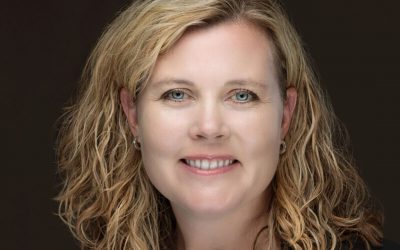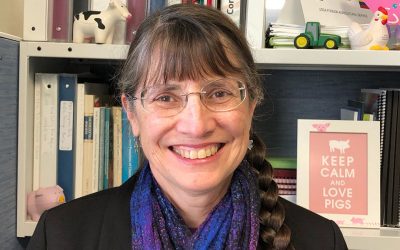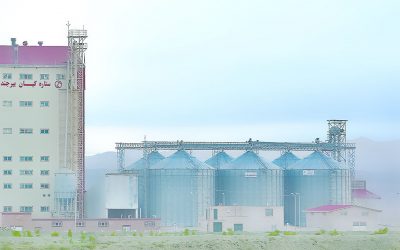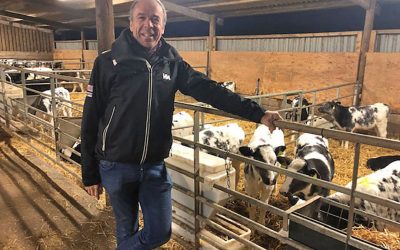Schothorst looking for international growth
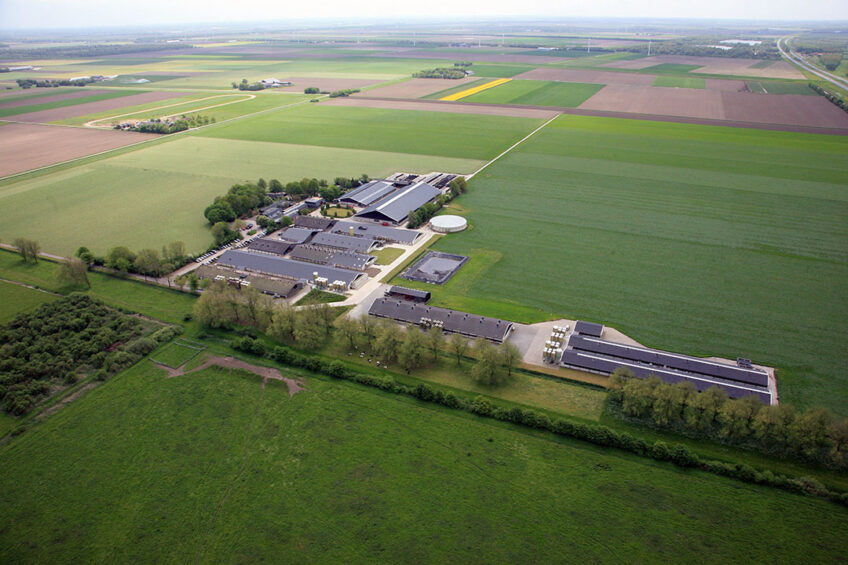
New director Jan Kamphof of Schothorst Feed Research aims to improve profitability and increase the number of international customers. “At Schothorst we test results in practice. Customers really appreciate that.”
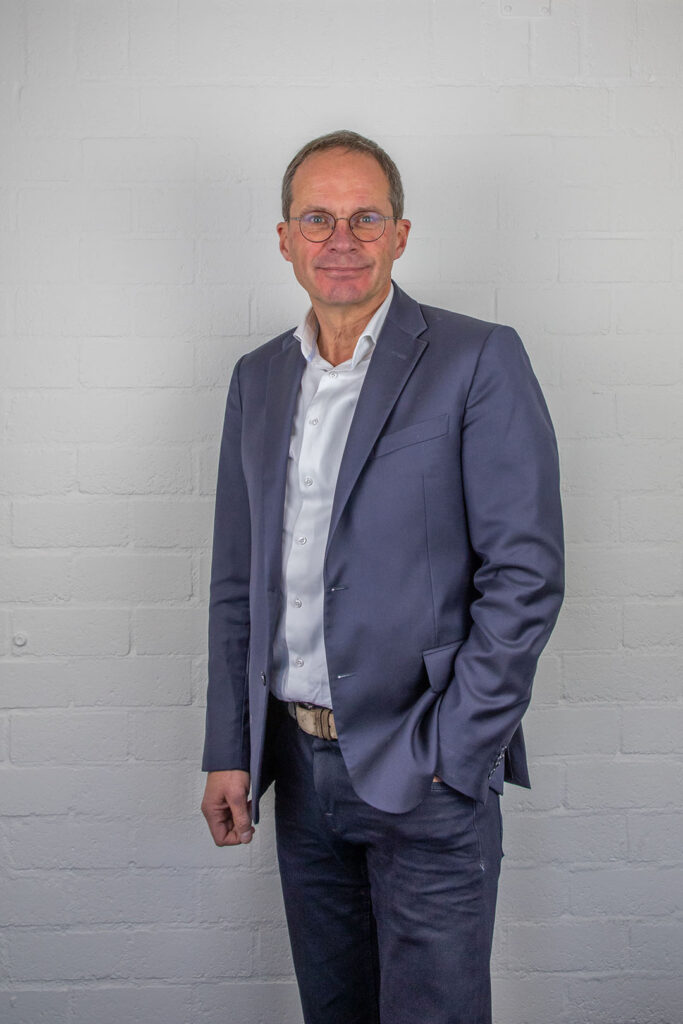
Kamphof was born on a dairy farm in the Netherlands and graduated from Wageningen University. “I went to Wageningen when I was 18 with the idea of taking over the parental farm. But that changed during the course of my studies. I discovered that I like to be among people, and I wouldn’t be among people on the farm.”
Yet Kamphof developed a great appreciation for farm life. “I worked a lot on the farm. I milked cows, and did all the other activities, especially when my parents were on vacation. You never lose that feeling. I look back on it with fondness and I still have a great passion for farming.”
During his studies, his interest in animal feed grew. He later gained international experience at companies such as Cargill, DuPont de Neymours and ED&F Man. “I travelled a lot at that time.” He was also commercial director of Agrifirm Feed. “Managing a compound feed company was something of a dream job for me as a former Wageningen student.”
For the past 5 years, Kamphof has worked at Hamlet Protein A/S in Denmark. “We had a business-to-business contract with our clients there. At Agrifirm we dealt with 7,000 farmers, and at Hamlet we had more intensive contact with a small group of large customers such as De Heus, Nutreco and Agrifirm.”
The animal feed industry is facing an increase in market demands.
A really nice job
Now Kamphof is the new director of Schothorst Feed Research (SFR). Initially, he was asked by head-hunters if he knew anyone for this vacancy. “But when we talked about it more, I thought: that’s actually a really nice job.”
The fact that SFR has animals immediately appealed to Kamphof. “SFR has 80 hectares of land, 200 dairy cows, 400 sows and a large number of broilers and laying hens. That part of the company was an immediate plus for me. That has everything to do with my roots. The size of SFR also appealed to me. There are 85 people. If you make a little effort, you can get to know everyone.”
Kamphof is familiar with SFR’s 2 major customer groups, compound feed producers and suppliers of raw materials. “I’ve worked with both. So, I know the business issues they have to deal with.”
International growth
As the new director, Kamphof sees it as his task to successfully grow the 90-year-old company. “SFR has long played a relevant role in the animal feed industry. We offer an advanced feed package, a long-term agreement with compound feed products. In the Netherlands, 98% of producers participate in this. But due to mergers, the group of customers is getting smaller. You see a shrinkage in northwest Europe. There are fewer animals, but also fewer compound feed producers.”
SFR is currently active in Scandinavia, Germany, France, Spain and Italy, but Kamphof wants SFR to achieve further international growth. Asia offers opportunities in that respect. “You see many themes that played out in Europe in recent years that are now also playing out in Asia. Current themes in Europe are also relevant there. We can apply our knowledge extremely well in Asia.”
Emission reduction important research topic
SFR conducts a lot of research for the compound feed industry, in collaboration with a steering group from the compound feed industry. “We determine together how we spend the money for research. A lot of research has already been done into antibiotic reduction, for example. Now emissions reductions play an important role, too.”
“The animal feed industry is facing an increase in demands from the market. You see this in the areas of antibiotics, raw materials, animal welfare and sustainability. We must ensure that the compound feed industry is provided with the right knowledge in those areas.”
“For example, methane emissions from cattle are a very important topic. It’s complicated. Reliably measuring methane emissions is not easy. But at SFR we are able to carry out this task in a controlled manner in our stable. We also validate products that could reduce emissions.”
“We see that the dairy sector is increasingly focused on its carbon footprint. The breeding organisations, the feed suppliers, in fact all parties are trying to determine what their potential influence can be in the field of methane reduction. For Schothorst this is an opportunity to make a difference.”
“Carbon footprint calculations are something customers ask for. We can support a farmer or a compound feed company with these calculations. We have been working with pigs whose tails have not been docked. This offers great benefits for animal welfare, but requires a lot of knowledge and management. Because there is a danger that pigs will bite each other’s tails. SFR is leading the way there.”
New feed ingredients will be an important theme in the coming years.
Social acceptance and animal welfare
Another development is the rearing of the brothers of laying hens. “In Germany it is already forbidden to kill these animals. They need to be fattened. We help determine the right conditions, nutrition and progress. We have also done a lot of research on slow-growing chicks. That is now the standard in the Netherlands. When the retail market has new requirements, this naturally requires a new approach.”
Social acceptance of the sector and animal welfare are of course themes that concern all parties. It is also close to our hearts. But as Schothorst we are above all a knowledge partner for the animal feed industry. We have contacts with interest groups, but we are not publicly active. We will not get involved in social discussions.”
More interest in the use of by-products
The development of new feed ingredients will also be an important theme in the coming years, Kamphof expects. “For example, you see that by-products are becoming increasingly important, also for sustainability. If you want to achieve an end product that has a low footprint, it helps to look at by-products.”
“The Netherlands is traditionally strong in this. We have long been using the by-products of citrus, maize processing and palm oil production, because of companies in the port of Rotterdam. We can put that knowledge to good use abroad. Customers there find it interesting to hear more about the processing of by-products.”
Kamphof also predicts an increase in the use of new proteins in the long term. “There are of course single-cell proteins and then there are algae and insects. But these kinds of developments are still in a very early phase. Research and development in this area will continue, but I do not expect a breakthrough in the short term.”
New technologies for precision nutrition
There is more scope for precision nutrition, he expects. “That of course has everything to do with ICT. You can monitor animals individually in the stable, using technology, and feed the animals individually. This kind of technology is already often used in dairy cattle, and this is also a trend in pigs.”
“New technologies are being developed to estimate body weight, using AI and 3D cameras, for example. The feed requirement can then be set accordingly. But you can also reduce the footprint by managing more individually. The feed requirement can then be set accordingly. You can also reduce the footprint by managing more individually. Furthermore, the health of an animal can be influenced via microbiota, for example by the use of fibres. There is a lot of research going on.”
Testing results in practice
SFR conducts research, part of which is public and can be widely applied in the sector. This allows the company to increase its own relevance. “It’s important for our marketing. We have our own innovation budget and participate in public-private partnership projects. But, on the other hand, we also conduct research for clients, the results of which remain confidential. Large ingredient manufacturers develop a product that they want to validate. With research, they can position their products in the market.”
“Schothorst has traditionally always been good at supplying matrices. We provide data on the nutrients animals need, such as amino acids, but also on the raw materials needed to achieve this. A compound feed company can then optimise its products itself using linear programming.”
“We are working hard to provide the necessary data within the criteria set for the compound feed products. There is still a lot to develop there. Many research companies remain stuck in theory, but Schothorst tests results in practice, because we have such large stables. Customers really appreciate that.”




